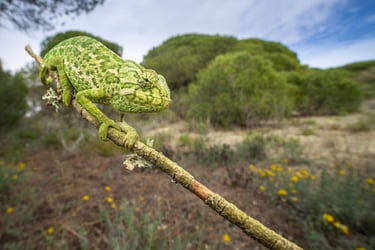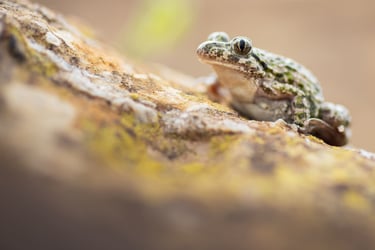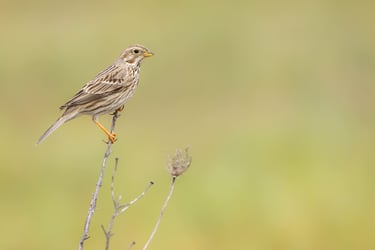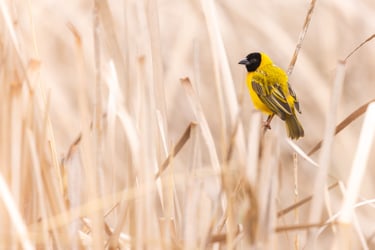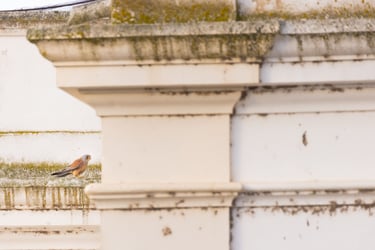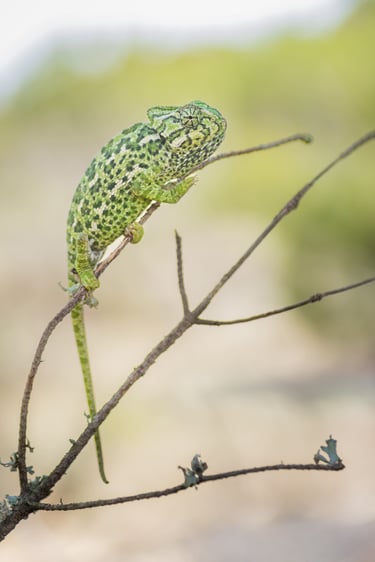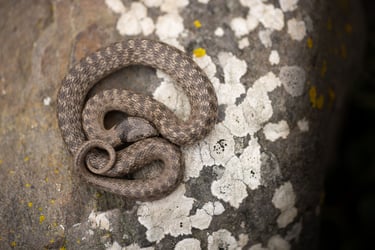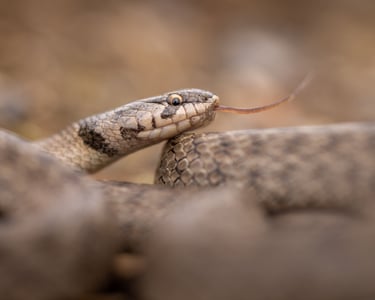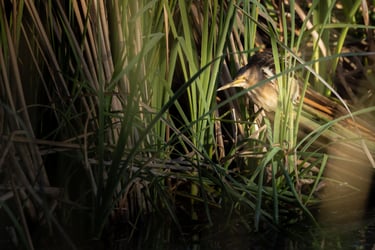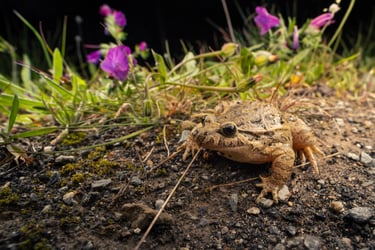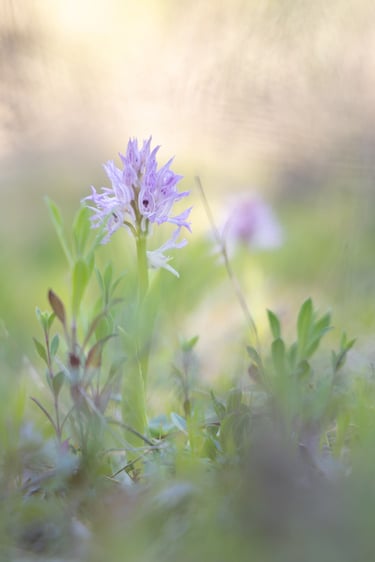Southern Portugal, 2022
TRAVELWILDLIFEHERPING
March brought me and a dear friend to southern Portugal for a week of birding, herping and laughter. Prior to the travel we had set several targets, most of which we managed to see during our stay. Sadly though, Portugal, like many other countries in the Mediterranean struggled with a severe drought this winter, causing amphibians, but also reptiles, to be hard to find.
We started our trip near Faro, where we had the nicest weather of the week, a comfortable 18 degrees Celsius combined with partly cloudy conditions. These conditions were excellent for our main target: common chameleon (Chamaeleo chamaeleon). We managed to find this species near a golf course, together with several interesting bird species like little bittern (Ixobrychus minutus) and purple swamphen (Porphyrio porphyrio). The bordering Ria Formosa national park provided for excellent birding sites, as well as sightings of West-African Fiddler Crabs (Afruca tangeri).
After two days we drove away from the coast, towards Mertola, in the Almansil region. Here we managed to see both little (Tetrax tetrax) and great bustard (Otis tarda), the latter of which we even observed doing their mating ritual, albeit at a large distance. Other notable bird species were numerous, including species like Calandra lark (Melanocorypha calandra) and great spotted cuckoo (Clamator glandarius). At an abandoned farmhouse we spent some time flipping rocks, finding our first snake of the trip, a false smooth snake (Macroprotodon cucullatus). In a concrete drinking pond we also found several Iberian loach (Cobitis paludica). In the town of mertola we had lovely sightings of lesser kestrel (Falco naumanni). While on an evening drive in hopes of finding amphibians, we got very lucky and found a single Iberian painted frog (Discoglossus galganoi) sitting on the road. Other notable sightings included scorpions (Buthus ibericus) and several worm lizards (Blanus cineurus) near a visitor centre.
After our visit to this area we drove towards Vila de Bispo in hopes of finding amphibians near the temporary ponds. Sadly because of the drought, these temporary ponds had completely disappeared. In a few rain filled puddles we managed to see Natterjack (Epidalea calamita) on an evening drive and we managed to roadcruise a single Iberian ribbed newt (Pleurodeles waltl), which was a very surprising, but very cool sighting! The next day we spent in the Carrapateira dunes, where we managed to find another false smooth snake, sadly making for the only snake species of the trip. We also saw larvae of fire salamander (Salamandra salamandra) but despite thorough searching, we didn't find any adults. To make up for this, we got very lucky with an Iberian parsley frog (Pelodytes ibericus) near the top of a cliff near the sea. Bird sightings here were lower than in the Almansil region, but included Red-billed chough (Pyrrhocorax pyrrhocorax).
We ended the week with 118 bird species and 14 herps. Although these species groups were the main focus, we enjoyed beautiful landscapes, many cool orchids and one notable mammal, an Egyptian mongoose (Herpestes ichneumon).
